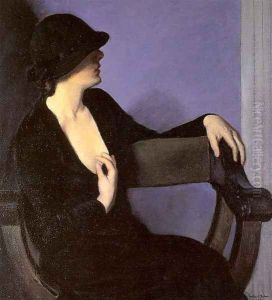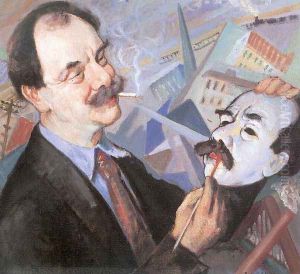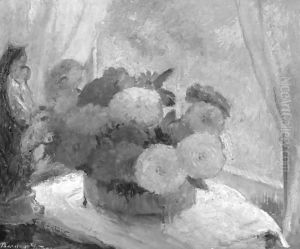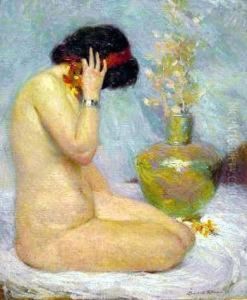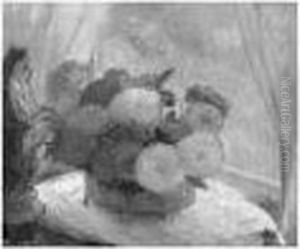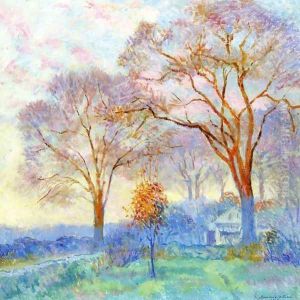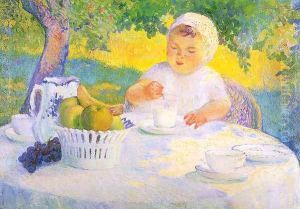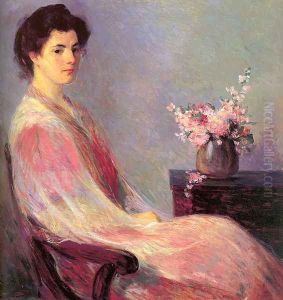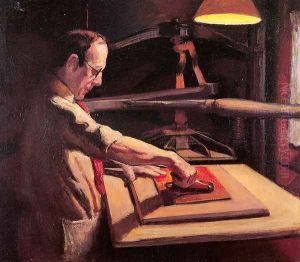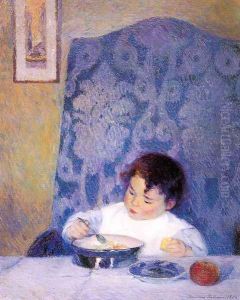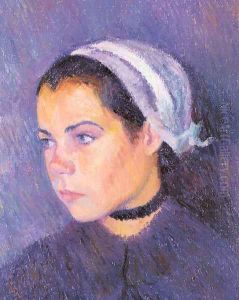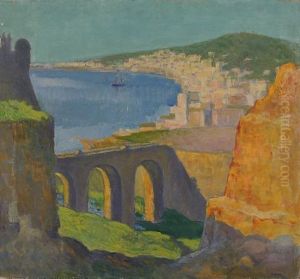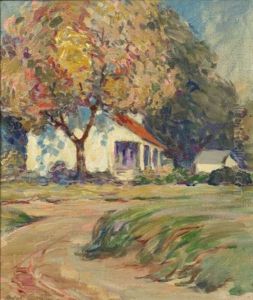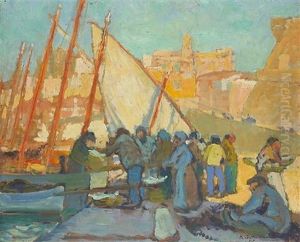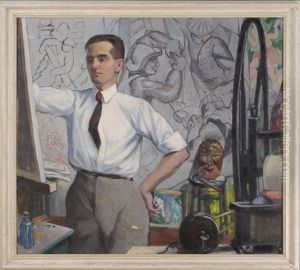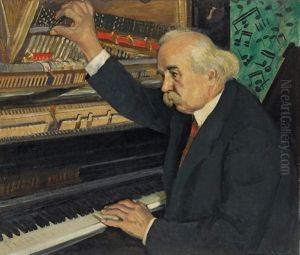Bernhard Gutmann Paintings
Bernhard Gutmann was an influential German-American painter known for his vibrant use of color and his diverse subject matter. Born on January 28, 1869, in Siegburg, Germany, Gutmann showed an early interest in art, which led him to pursue formal training at the Düsseldorf Academy and the Royal Academy in Munich. He was greatly influenced by the European Impressionist movement and the works of French artists, which is evident in his own style that features loose brushwork and a bright palette. In 1893, Gutmann emigrated to the United States, where he continued to evolve his artistic style. Settling in New York, he became a part of the burgeoning American art scene and began to gain recognition for his work. He taught at the Cooper Union and later at the National Academy of Design, influencing a generation of American artists. His paintings often depicted everyday life, landscapes, and portraits, with a particular focus on capturing the effects of light. Throughout his career, Gutmann exhibited his works widely, including at the Pennsylvania Academy of the Fine Arts and the Corcoran Gallery in Washington, D.C. He was also a member of various art organizations, such as the Salmagundi Club and the American Watercolor Society. Gutmann's work is considered an important bridge between European Impressionism and early American modernism. Bernhard Gutmann passed away on July 28, 1936, in New York, leaving behind a legacy of vibrant and influential artworks that continue to be studied and appreciated for their contribution to the development of American art in the early 20th century.

